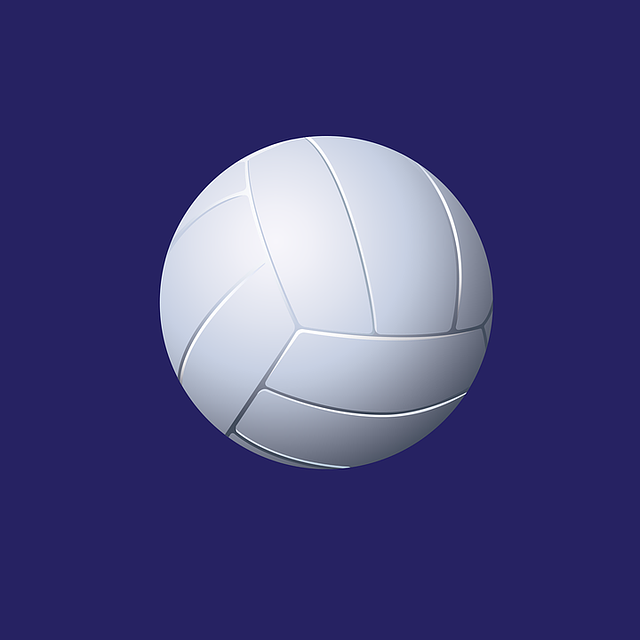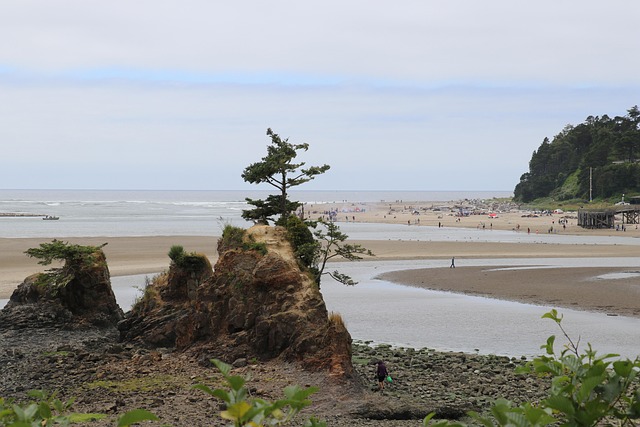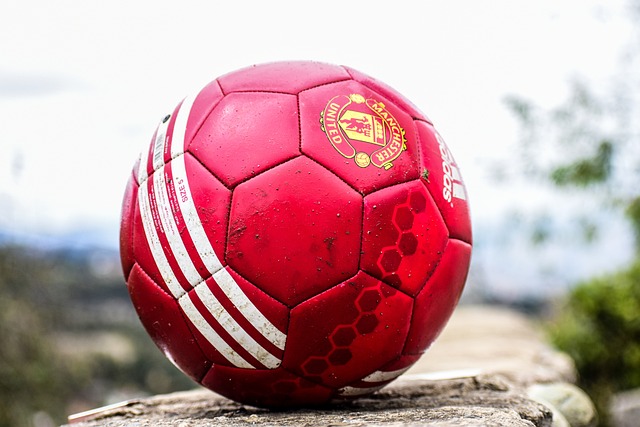Oregon's diverse weather and terrain present unique challenges for Duck soccer athletes, necessitating a year-round training regimen that builds adaptability, endurance, and flexibility. Balancing offensive and defensive strategies is key in preparing for the state's fierce Oregon soccer rivalries, with a focus on both protecting their goal and threatening opponents. Coaches leverage these rivalries by incorporating local matchups into practices to enhance performance and mental toughness. A well-structured strength and conditioning program emphasizing compound movements, plyometrics, and dynamic stretching, coupled with mental preparation techniques, equips athletes to excel in the competitive Oregon soccer rivalries.
“Unleashing the potential of Duck soccer athletes requires a strategic training regimen tailored to their unique needs. This comprehensive guide explores the art of balancing offensive and defensive strategies, drawing from the intense Oregon soccer rivalries that fuel competitive spirits. From strength and conditioning to mental preparation, we delve into essential components for on-field success. By merging physical prowess with team dynamics, this program aims to elevate Duck athletes to new heights, showcasing the depth of Oregon’s sporting culture.”
- Understanding the Unique Needs of Duck Soccer Athletes
- Building a Balanced Training Program: Offense vs Defense
- Oregon Soccer Rivalries: Incorporating Competitive Edge in Training
- Strength and Conditioning for Optimal Performance
- Mental Preparation and Team Dynamics for Success on the Field
Understanding the Unique Needs of Duck Soccer Athletes

Duck soccer athletes face unique challenges due to the demanding nature of their sport and the specific environment they compete in, such as Oregon’s diverse weather conditions. Their training regimen must account for these factors to ensure optimal performance during intense games, especially considering the state’s passionate soccer culture and fierce Oregon soccer rivalries.
The varying terrain across Oregon, from coastal areas to mountainous regions, requires athletes to develop adaptability in their lower body strength and agility. Additionally, the unpredictable weather demands a year-round training plan that prepares players for both hot, dry summers and cold, wet winters. This includes specific drills to enhance endurance, flexibility, and quickness, all while minimizing injury risks common in high-intensity sports like soccer.
Building a Balanced Training Program: Offense vs Defense

In crafting a training regimen for Ducks soccer athletes, striking a balance between offense and defense is paramount. While high-scoring attacks captivate fans in Oregon’s intense soccer rivalries, robust defensive strategies are equally vital. A well-rounded program should aim to develop both aspects equally, ensuring that players are adept at both protecting their own goal and threatening opponents’. This dual focus not only prepares Ducks for a variety of game scenarios but also fosters a more versatile and formidable team overall.
Offensive training should involve drills that enhance ball control, passing accuracy, and shooting technique. By contrast, defensive exercises must concentrate on positioning, communication, and anticipatory skills. Incorporating these elements into practice sessions will help players transition seamlessly between attack and defense, making them more adaptable and effective during competitive Oregon soccer rivalries.
Oregon Soccer Rivalries: Incorporating Competitive Edge in Training

In the competitive landscape of Oregon soccer, intense rivalries between teams fuel a vibrant and passionate sporting culture. These rivalries extend beyond the field, becoming an integral part of the training regimen for athletes. By incorporating elements of these competitive edges into their practices, coaches can enhance their team’s performance and mental toughness. The atmosphere of Oregon soccer rivalries encourages players to push harder, develop strategic thinking, and foster a winning mentality.
Training sessions can be designed to mimic the intensity and tactics seen in these rival matchups. Scrimmages and practice matches against local rivals provide an opportunity for players to test their skills, improve communication, and learn to adapt quickly under pressure. This competitive approach not only sharpens their technical abilities but also builds resilience, ensuring athletes are ready to face any challenge on the pitch during Oregon’s spirited soccer competitions.
Strength and Conditioning for Optimal Performance

In the competitive world of Oregon soccer rivalries, athletes strive for peak performance. Strength and conditioning play a pivotal role in achieving success on the field, enhancing agility, endurance, and overall athletic prowess. A well-structured regimen tailored to ducks soccer athletes should focus on compound movements that target multiple muscle groups, such as squats, deadlifts, and overhead presses. These exercises not only build strength but also translate into improved performance during games and practices.
Additionally, incorporating plyometric exercises and dynamic stretching can significantly boost explosive power and flexibility, crucial aspects for quick changes in direction and high-intensity play. By integrating these elements into their training routine, Oregon soccer players can expect to see improvements in their speed, jump height, and overall physical dominance, giving them an edge over their competitors in intense matches.
Mental Preparation and Team Dynamics for Success on the Field

Mental preparation is a key component in any successful athlete’s arsenal, and Oregon soccer athletes are no exception. With intense competition, particularly within the state’s vibrant soccer rivalries, such as those with Oregon State and Oregon, mental fortitude can be the difference between winning and losing. Athletes must cultivate a strong mindset that encompasses focus, confidence, and resilience. This involves visualising success, setting achievable goals, and adopting a growth mindset to embrace challenges and learn from failures.
Team dynamics play a pivotal role in on-field performance. Ducks soccer players should foster a sense of camaraderie and unity, understanding that collective effort is vital for achieving greatness. Effective communication, active listening, and empathy among team members create a supportive environment where each player feels valued. By building strong relationships off the field, athletes can translate this cohesion into cohesive gameplay, strategic understanding, and unbreakable defensive solidarity during Oregon’s intense soccer rivalries.






